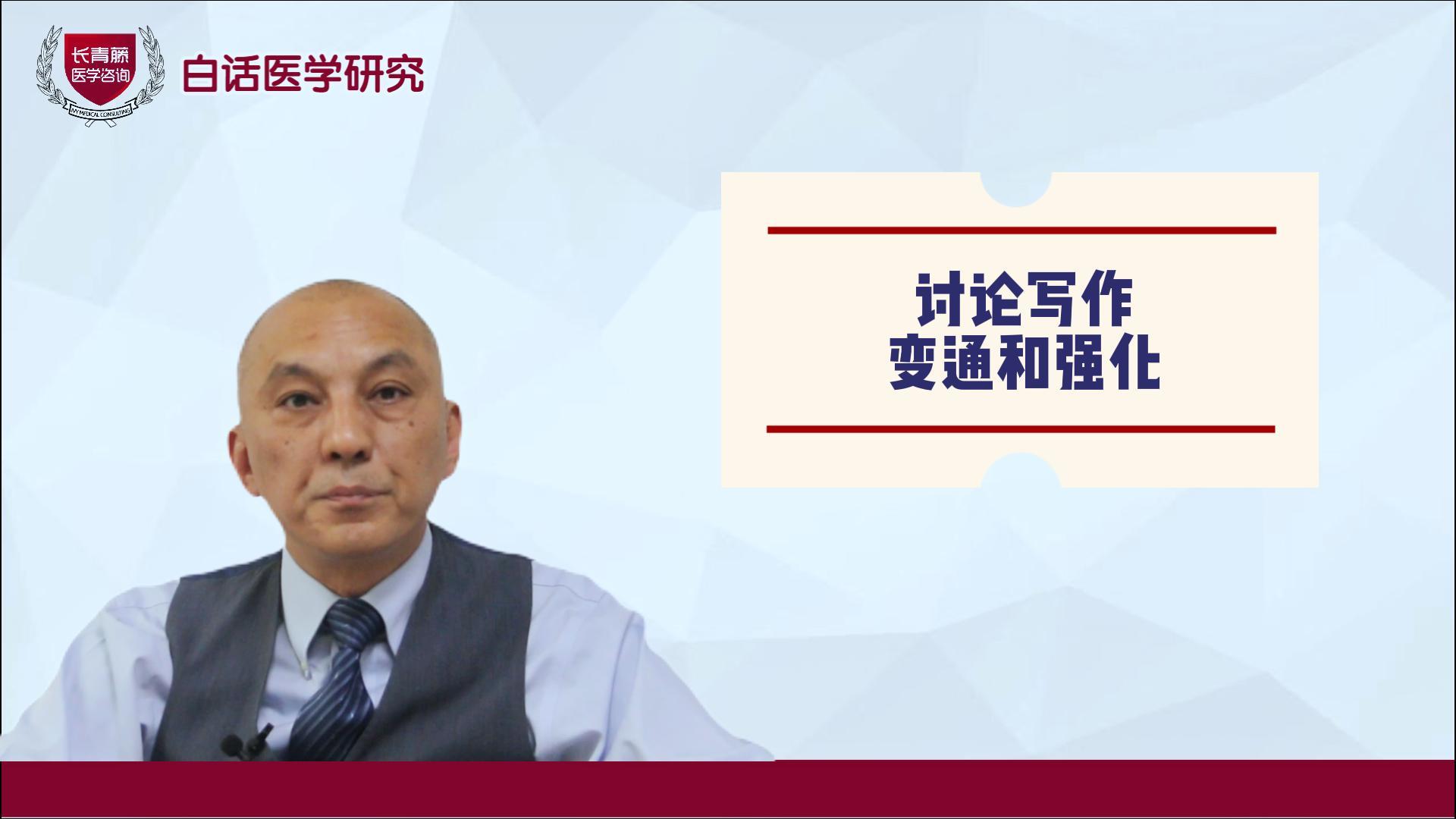2022-11-07


确定在慢性阻塞性肺疾病和2型糖尿病患者中,分别使用胰高血糖素样肽1 (GLP-1)受体激动剂、二肽基肽酶4 (DPP-4)抑制剂和钠-葡萄糖共转运体-2 (SGLT-2)抑制剂是否与慢性阻塞性肺疾病和2型糖尿病患者慢性阻塞性肺疾病恶化风险的降低有关。
与磺酰脲类药物相比,GLP-1受体激动剂与严重加重风险降低30%相关(3.5 v 5.0事件/ 100人年;风险比0.70,95%可信区间0.49 ~ 0.99)和中度加重(0.63,0.43 ~ 0.94)。DPP-4抑制剂与轻度降低严重加重发生率相关(4.6 vs . 5.1 / 100人年;风险比0.91、0.82 ~ 1.02)和中度加重(0.93、0.82 ~ 1.07),置信区间包括null值。最后,SGLT-2抑制剂与严重加重风险降低38%相关(2.4 v 3.9次/ 100人年;危险比为0.62,0.48 ~ 0.81),而不是中度加重(1.02,0.83 ~ 1.27)。
在这项以人群为基础的研究中,与磺酰脲类药物相比,在慢性阻塞性肺疾病和2型糖尿病患者中,GLP-1受体激动剂和SGLT-2抑制剂与严重病情加重的风险降低相关。DPP-4抑制剂与慢性阻塞性肺疾病加重风险降低没有明显关联。
Abstract
Objective: To determine whether the use of glucagon-like peptide 1 (GLP-1) receptor agonists, dipeptidyl peptidase 4 (DPP-4) inhibitors, and sodium-glucose co-transporter-2 (SGLT-2) inhibitors, separately, is associated with a decreased risk of exacerbations of chronic obstructive pulmonary disease among patients with chronic obstructive pulmonary disease and type 2 diabetes.
Design: Population based cohort study using an active comparator, new user design.
Setting: The United Kingdom Clinical Practice Research Datalink linked with the Hospital Episode Statistics Admitted Patient Care and Office for National Statistics databases.
Participants: Three active comparator, new user cohorts of patients starting the study drugs (GLP-1 receptor agonists, DPP-4 inhibitors, or SGLT-2 inhibitors) or sulfonylureas with a history of chronic obstructive pulmonary disease. The first cohort included 1252 patients starting GLP-1 receptor agonists and 14 259 starting sulfonylureas, the second cohort included 8731 patients starting DPP-4 inhibitors and 18 204 starting sulfonylureas, and the third cohort included 2956 patients starting SGLT-2 inhibitors and 10 841 starting sulfonylureas.
Main outcome measures: Cox proportional hazards models with propensity score fine stratification weighting were fitted to estimate hazard ratios and 95% confidence intervals of severe exacerbation of chronic obstructive pulmonary disease (defined as hospital admission for chronic obstructive pulmonary disease), separately for GLP-1 receptor agonists, DPP-4 inhibitors, and SGLT-2 inhibitors. Whether these drugs were associated with a decreased risk of moderate exacerbation (defined as a co-prescription of an oral corticosteroid and an antibiotic along with an outpatient diagnosis of acute chronic obstructive pulmonary disease exacerbation on the same day) was also assessed.
Results: Compared with sulfonylureas, GLP-1 receptor agonists were associated with a 30% decreased risk of severe exacerbation (3.5 v 5.0 events per 100 person years; hazard ratio 0.70, 95% confidence interval 0.49 to 0.99) and moderate exacerbation (0.63, 0.43 to 0.94). DPP-4 inhibitors were associated with a modestly decreased incidence of severe exacerbation (4.6 v. 5.1 events per 100 person years; hazard ratio 0.91, 0.82 to 1.02) and moderate exacerbation (0.93, 0.82 to 1.07), with confidence intervals including the null value. Finally, SGLT-2 inhibitors were associated with a 38% decreased risk of severe exacerbation (2.4 v 3.9 events per 100 person years; hazard ratio 0.62, 0.48 to 0.81) but not moderate exacerbation (1.02, 0.83 to 1.27).
Conclusions: In this population based study, GLP-1 receptor agonists and SGLT-2 inhibitors were associated with a reduced risk of severe exacerbations compared with sulfonylureas in patients with chronic obstructive pulmonary disease and type 2 diabetes. DPP-4 inhibitors were not clearly associated with a decreased risk of chronic obstructive pulmonary disease exacerbations..
文章连接:
www.bmj.com/content/379/bmj-2022-071380.long
百度浏览 来源 : 医微客
版权声明:本网站所有注明来源“医微客”的文字、图片和音视频资料,版权均属于医微客所有,非经授权,任何媒体、网站或个人不得转载,授权转载时须注明来源:”医微客”。本网所有转载文章系出于传递更多信息之目的,且明确注明来源和作者,转载仅作观点分享,版权归原作者所有。不希望被转载的媒体或个人可与我们联系,我们将立即进行删除处理。 本站拥有对此声明的最终解释权。




发表评论
注册或登后即可发表评论
登录注册
全部评论(0)